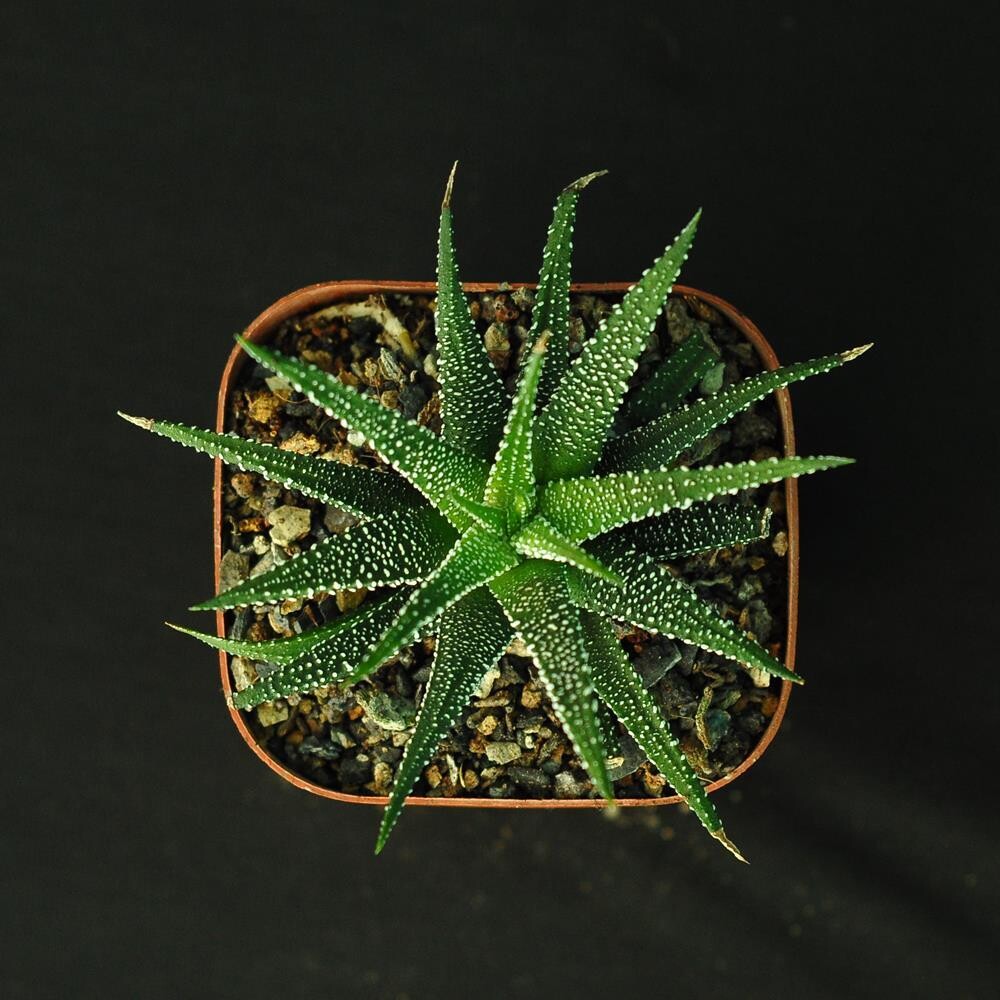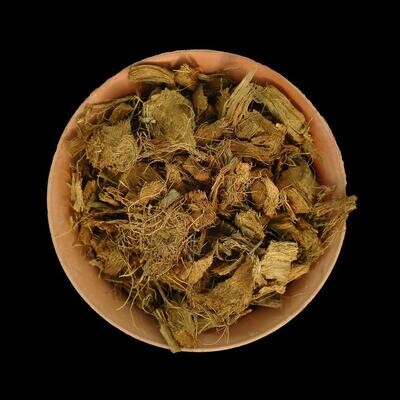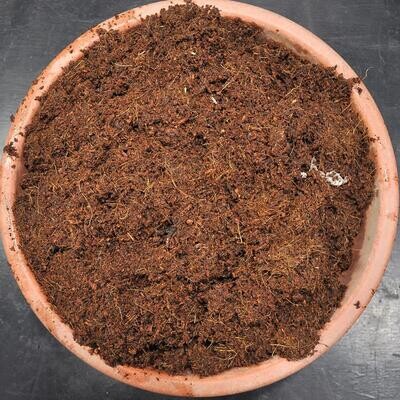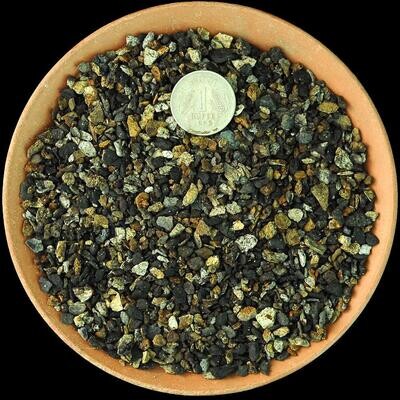Please check the Shipping Updates Page for information on shipping.
Haworthia fasciata 'Concolor Zebra Plant'
Origin of Name
Haworthia fasciata 'Concolor Zebra Plant' is a cultivar of Haworthia fasciata. The species name 'fasciata' derives from Latin, meaning 'banded', a reference to the characteristic white stripes on the leaves. The cultivar name 'Concolor' suggests uniform or consistent coloration, while 'Zebra Plant' is a common name that highlights the striking striped pattern resembling that of a zebra.
Technical Description of Plant
Haworthia fasciata 'Concolor Zebra Plant' is known for its small, rosette-forming growth habit, typically reaching about 3-5 inches in height and diameter. The rosette comprises thick, fleshy, dark green leaves that are covered with white, horizontal stripes or tubercles, giving them a distinctive banded appearance. The leaves are broad at the base, tapering to a point, and have a slightly translucent tip. The 'Concolor' variety is particularly noted for its even, consistent striping and robust coloration. This plant rarely blooms, but when it does, it produces small, white, tubular flowers on slender stalks.
Origin of Plant
Haworthia fasciata is native to South Africa, particularly in the Eastern Cape Province. The 'Concolor Zebra Plant' cultivar has been selectively bred for its ornamental qualities, emphasizing the striking striped pattern of the leaves. It thrives in semi-arid climates and is adapted to growing in rocky substrates.
Conservation Status
As a cultivated variety, Haworthia fasciata 'Concolor Zebra Plant' does not have a specific conservation status. Cultivation and propagation of such varieties help reduce the pressure on wild populations, many of which are threatened by habitat loss and over-collection.
Care Instructions
Haworthia fasciata 'Concolor Zebra Plant' is an easy-to-care-for succulent, making it suitable for beginners. It prefers bright, indirect light but should be protected from harsh direct sunlight, which can scorch the leaves. Well-draining soil is essential, and the plant should be watered moderately, allowing the soil to dry out completely between waterings. Reduce watering in the winter months. This plant is not frost-tolerant and should be kept in a temperate environment. Fertilization is not necessary, but a diluted succulent fertilizer can be applied sparingly during the active growing season.





